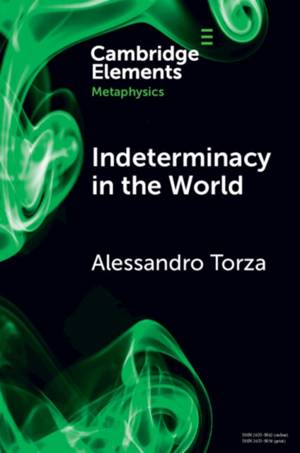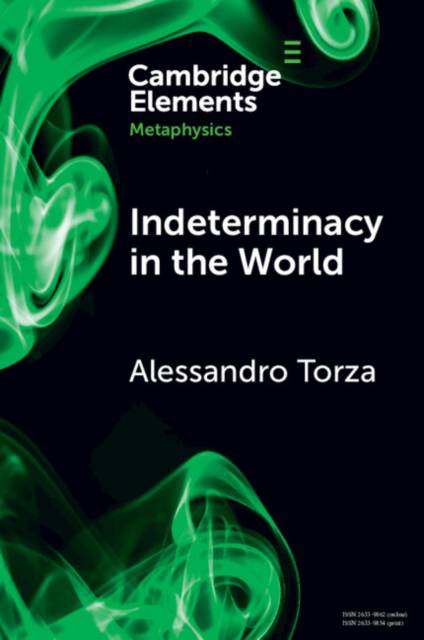
- Afhalen na 1 uur in een winkel met voorraad
- Gratis thuislevering in België vanaf € 30
- Ruim aanbod met 7 miljoen producten
- Afhalen na 1 uur in een winkel met voorraad
- Gratis thuislevering in België vanaf € 30
- Ruim aanbod met 7 miljoen producten
Zoeken
€ 31,95
+ 63 punten
Omschrijving
The way we represent the world in thought and language is shot through with indeterminacy: we speak of red apples and yellow apples without thereby committing to any sharp cutoff between the application of the predicate 'red' and of the predicate 'yellow'. But can reality itself be indeterminate? In other words, can indeterminacy originate in the mind-independent world, and not only in our representations? If so, can the phenomenon also arise at the microscopic scale of fundamental physics? Section 1 of this Element provides a brief overview of the question of indeterminacy. Section 2 discusses the thesis that the world is comprised of indeterminate objects, whereas Section 3 focuses on the thesis that there are indeterminate states of affairs. Finally, Section 4 is devoted to the case study of indeterminacy in quantum physics.
Specificaties
Betrokkenen
- Auteur(s):
- Uitgeverij:
Inhoud
- Aantal bladzijden:
- 75
- Taal:
- Engels
- Reeks:
Eigenschappen
- Productcode (EAN):
- 9781009056014
- Verschijningsdatum:
- 1/06/2023
- Uitvoering:
- Paperback
- Formaat:
- Trade paperback (VS)
- Afmetingen:
- 152 mm x 229 mm
- Gewicht:
- 136 g

Alleen bij Standaard Boekhandel
+ 63 punten op je klantenkaart van Standaard Boekhandel
Beoordelingen
We publiceren alleen reviews die voldoen aan de voorwaarden voor reviews. Bekijk onze voorwaarden voor reviews.











